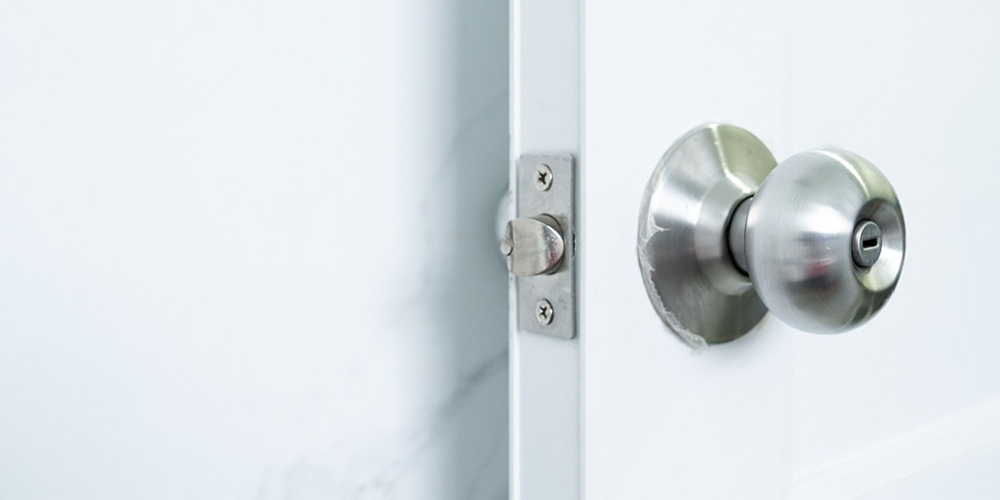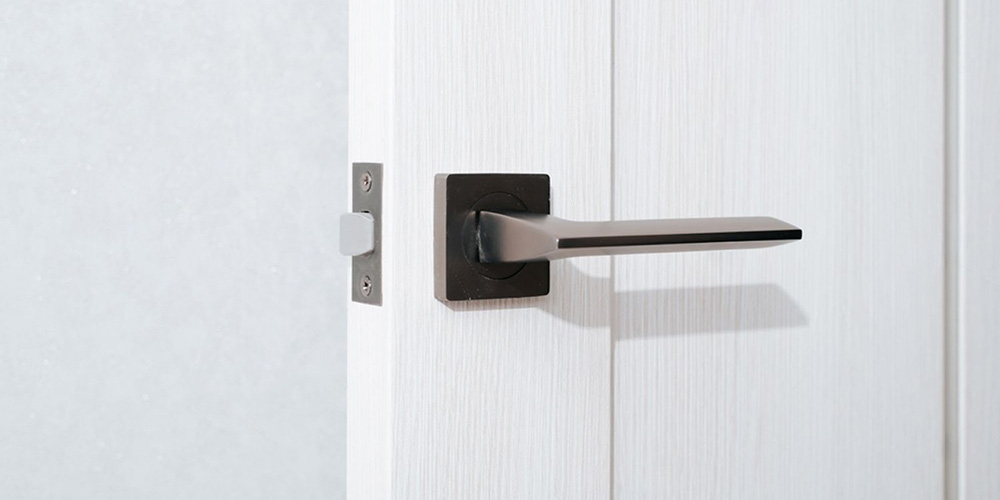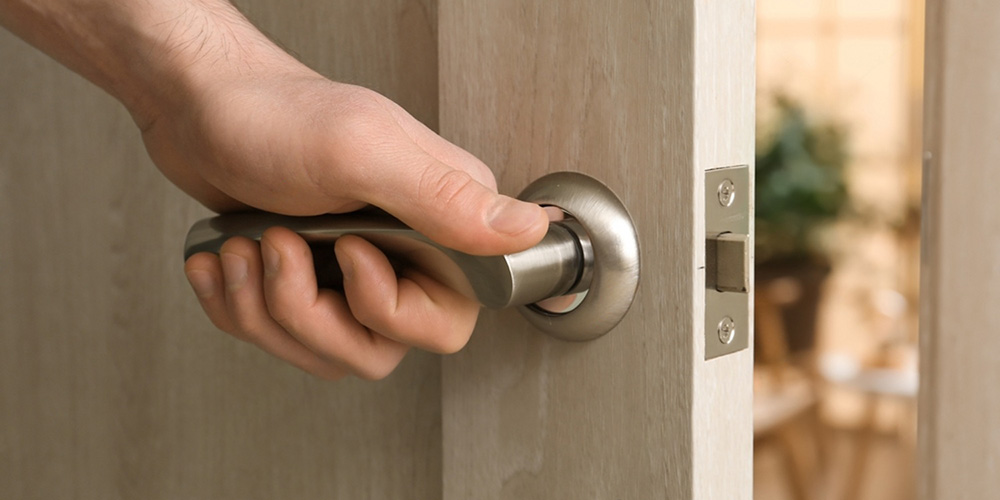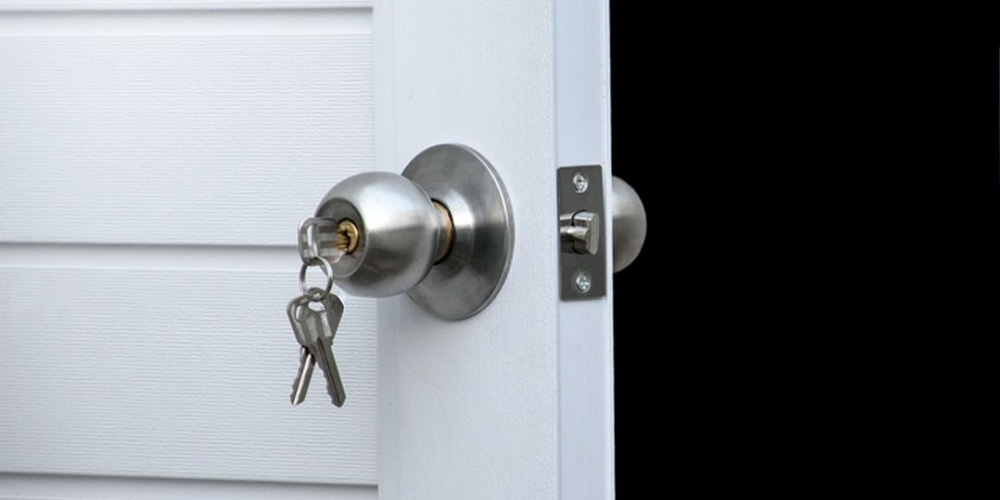現代のドア金具用ローラーラッチの究極ガイド

現代の商業ビル、病院、そして人通りの多い環境において、ローラーラッチはスムーズでラッチフリーなドア操作を実現するために重要な役割を果たしています。従来の錠前とは異なり、ローラーラッチはハンドルや鍵を必要とせず、ドアをしっかりと閉めたままにすることができます。そのため、頻繁に使用され、静粛性とミニマルな仕上げが求められるドアに最適です。建築家、建設業者、そしてプロジェクトプランナーにとって、ローラーラッチはメンテナンスの手間が少なく、一貫性のあるハードウェアの選択肢であり、大規模な設備において機能とデザインの両方を向上させます。
〈さらに読む: ニーズに合った適切なガラスドアロックの選び方〉
ローラーラッチの定義:コンポーネントとコア機能
ローラーラッチは、ハウジング、バネ式ローラー、そして調整可能なテンションスクリューで構成されています。バネ式機構はコアコンポーネントであり、柔軟性と強度を両立させ、長期的な性能を保証します。ドアが閉まると、ローラーはハウジング内に引き込まれ、再び伸びてドアを所定の位置に保持します。このシンプルでありながら効果的な設計は、摩耗を最小限に抑え、性能を損なうことなく長期間の日常使用をサポートします。調整可能なテンション機能により、ドアの重量や閉圧に合わせて微調整できるため、様々な建築用途に適応できます。
〈続きを読む: 安全でエレガントなドアデザインのためのフラッシュボルトソリューション〉
ローラーラッチはどのように機能しますか?
ローラーラッチは、バネ仕掛けのローラーによって作動します。ドアが閉まるとローラーが圧縮され、その後伸びてしっかりと閉じた状態を保ちます。ドアが開くと、ローラーはスムーズに引き込まれ、摩擦や騒音を防ぎます。この機構により、ドアはしっかりと閉じた状態を保ちながら、押したり引いたりするだけで簡単に開けることができます。バネの張力を調整できるため、設置者はドアのサイズ、重量、使用頻度に応じて閉まる抵抗を微調整できます。この柔軟性により、ローラーラッチは、安定した性能と耐久性が不可欠な、頻繁に使用される商業施設に最適なソリューションとなっています。 
ローラーラッチの種類
ローラーラッチは、取り付けタイプと構造材料に基づいて分類できます。
モルティスローラーラッチ
ドアの内側に設置することで、すっきりとした目立たない外観を実現します。このタイプは、美観と機能性が同等に重視される現代建築プロジェクトでよく使用されます。
表面実装ローラーラッチ
設置と調整を容易にするために外部に取り付けられています。改修プロジェクトや、迅速な交換が必要なスペースに最適です。 .png)
.png)
.png)
< 関連商品 : 3188 >
< 関連商品 : 3189 >
高品質の真鍮製のALLWINのローラーラッチは、強度と耐腐食性だけでなく、豊富なカラーと表面仕上げのオプションも魅力です。高度なめっき・コーティング技術により、マットブラック、ブラッシュドニッケル、サテンブラスなどのカスタム仕上げに加え、ブラッシュドゴールド、ガンメタル、ローズゴールド、ポリッシュドクロームなどの仕上げも可能で、他社とは一線を画すデザインの柔軟性と美しい外観を提供します。
ローラーラッチの用途
ローラーラッチは、機能性と静音性が重視される商業施設、医療施設、ホテルなどで広く使用されています。オフィスビルでは、作業スペースを邪魔することなく、内部ドアを静かに閉めることができます。病院では、ハンズフリーまたは軽い接触でドアを開閉できるため、衛生面が向上します。ホテルでは、フラッシュドアの設置により、シームレスなデザイン美観に貢献します。建築家やデザイナーにも、確実な閉止を維持しながら、ハンドルレスですっきりとしたドアデザインを実現できるローラーラッチが好まれています。利便性に加え、耐久性に優れた構造により、頻繁な使用による摩耗を最小限に抑え、作業効率を向上させ、人通りの多いエリアでもスムーズな移動を実現します。 
重要な違い:ローラーラッチ vs. ローラーストライク
ローラーラッチとローラーストライクはどちらもドアの操作に不可欠ですが、それぞれ異なる役割を果たします。ローラーラッチは能動部品で、圧力をかけてストライクと噛み合い、ドアを閉めた状態に保ちます。一方、ローラーストライクは受動部品で、ラッチが接触した際に適切な位置合わせと安定性を確保します。この2つが一体となってシステムとして機能し、スムーズな噛み合いと長寿命を実現します。この相乗効果を理解することは、あらゆるプロフェッショナルな設置において最高のドア性能を実現するために不可欠です。
〈さらに読む: キャビネットの取っ手の選び方と取り付け方に関する究極ガイド〉
設置とメンテナンス
最適な性能と長寿命を実現するには、適切な設置が重要です。わずかなずれでもドアの閉まり具合に影響を与える可能性があるため、設置者はラッチとストライクの正確な位置合わせを必ず行ってください。設置時には、スムーズな操作としっかりとした閉まりのバランスが取れるように、ローラーの張力を調整してください。摩耗や異物の蓄積がないか定期的に点検することをお勧めします。ラッチが緩んだり、位置がずれたりした場合は、張力調整ネジを微調整するだけで、すぐに性能を回復できます。定期的なメンテナンスと調整は、製品寿命を延ばし、長期にわたる安定した動作を維持するために役立ちます。 
購入ガイド:ALLWINローラーラッチの信頼性の高い供給と品質保証
ALLWIN Architectural Hardware Inc.は、ローラーラッチ供給における信頼できるパートナーとして、あらゆるご注文において安定性、精度、そして品質を保証いたします。当社のローラーラッチは、長期的な信頼性と一貫した張力性能を確保するために、厳格な耐久性試験とサイクル試験を受けています。各バッチは厳格な品質管理の下で製造され、寸法精度とスムーズな操作性を保証します。大規模な生産能力と世界的な輸出実績を持つALLWINは、大量注文に対してもタイムリーな納品と安定した供給を保証します。これは、あらゆるプロジェクトにおいて、調整時間の短縮、予測可能な品質、そして信頼できる成果を意味します。
〈関連資料: OEM/ODMサービス〉
結論
ローラーラッチは、耐久性、美観、利便性をコンパクトなデザインに融合させた、現代のドアシステムに不可欠なコンポーネントです。建築家、施工業者、調達チームにとって、高品質のローラーラッチを選択することは、長期的な価値、信頼性の高いドア性能、そして建物の効率性の向上を保証します。ALLWINと提携することで、一貫した品質、大量供給能力、そして長年の製造専門知識に裏打ちされた精密エンジニアリングのローラーラッチソリューションをご利用になれます。大量注文、技術仕様、カスタム仕上げに関するお問い合わせは、今すぐALLWINまでお問い合わせください。
〈拡張読書: カスタムアルミニウム押出成形の必須B2Bガイド〉
〈関連資料: ステンレス鋼製ボルト:グレード、タイプ、B2Bプロジェクト向け供給〉
記事分類
最近の記事
- The Definitive Guide to Stainless Steel Manicure Scissors: Types, Materials, and B2B Quality
- Stainless Steel Nail Clipper: Complete Guide, Types, Care Tips, and Great B2B Solutions
- Tactile Paving: Essential Types, Standards, and B2B Procurement
- The Essential B2B Guide to Aluminum Tube Connectors: Types, Applications, and Connection Methods
- ステンレス鋼製ボルト:グレード、種類、B2Bプロジェクト向け供給

